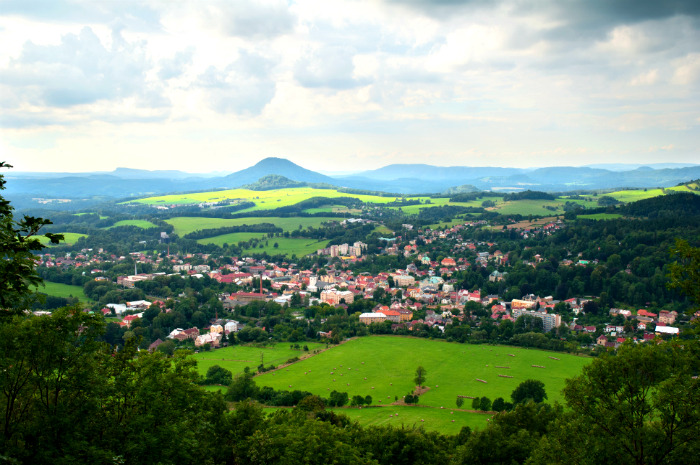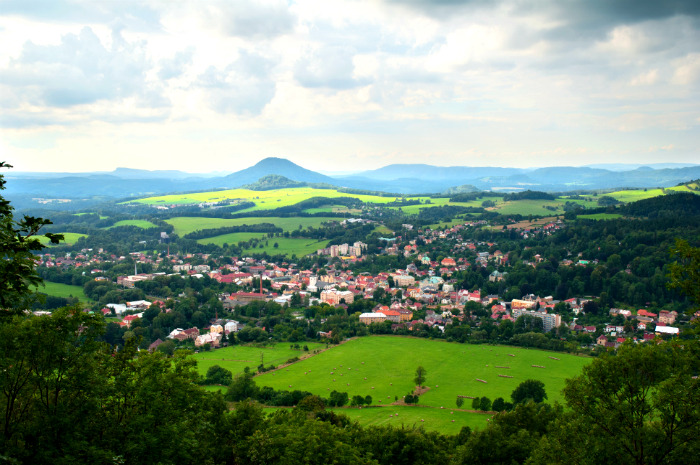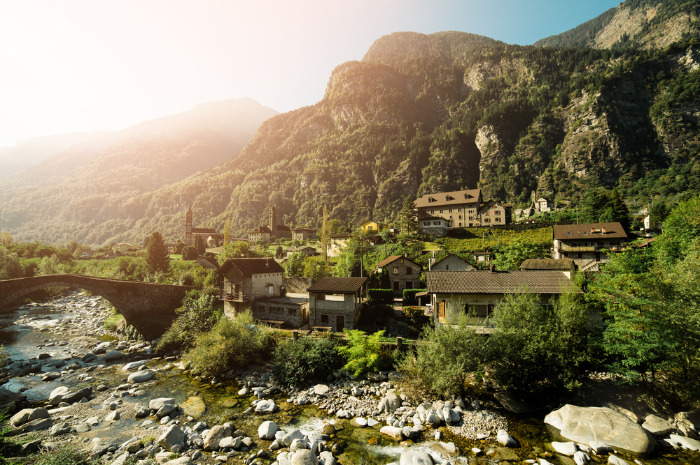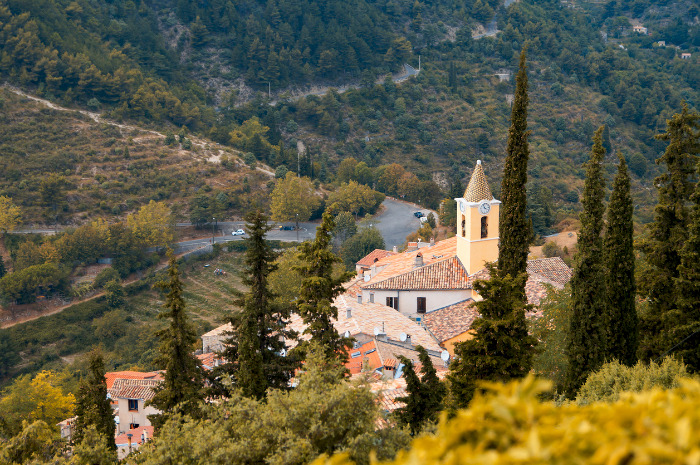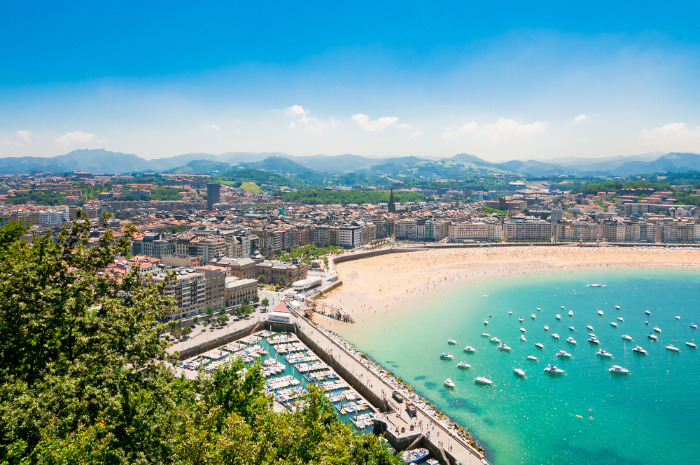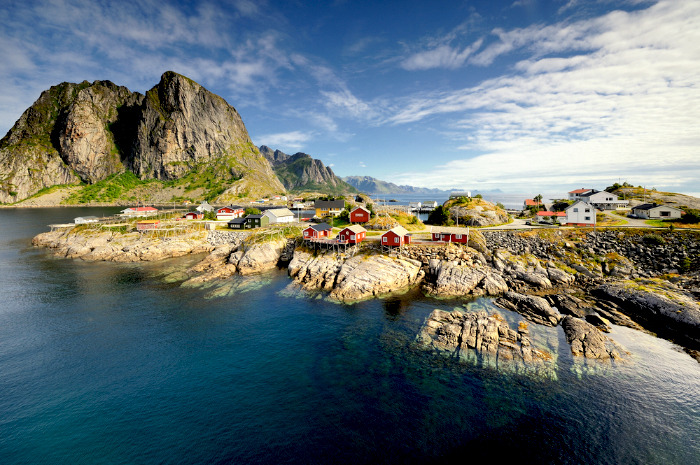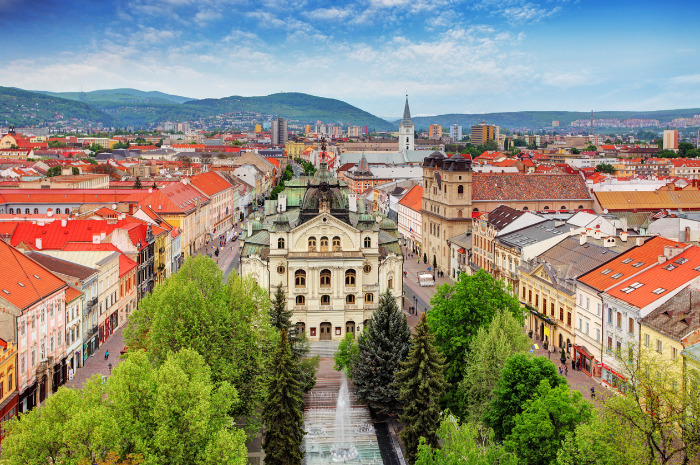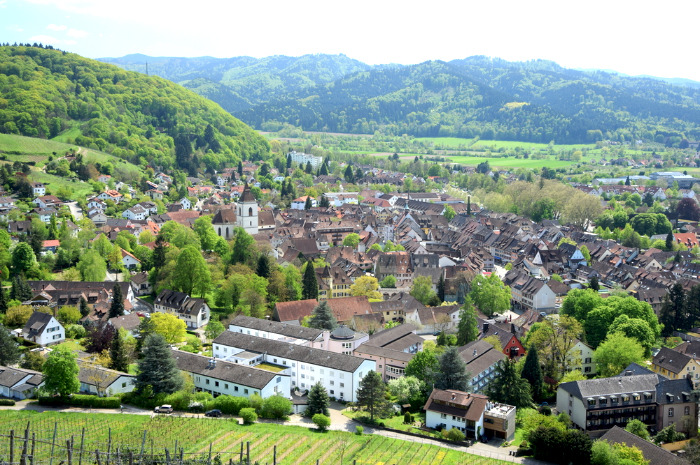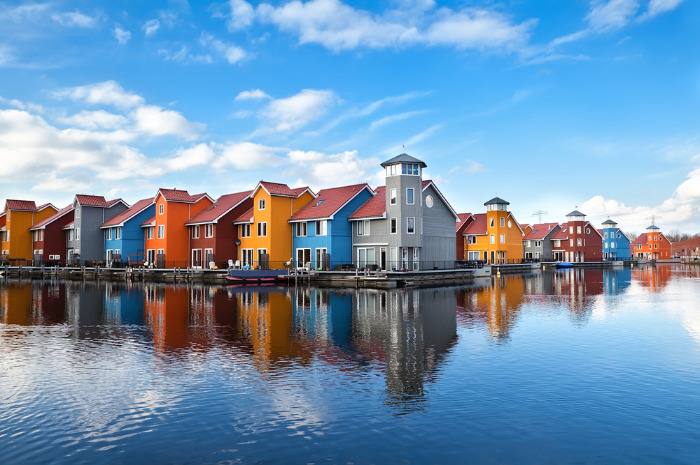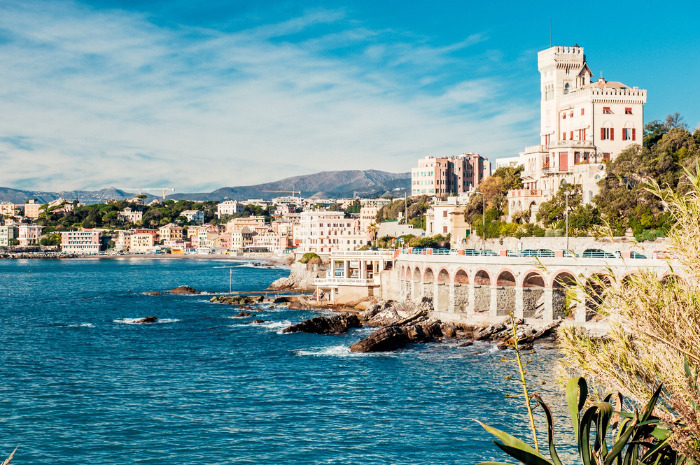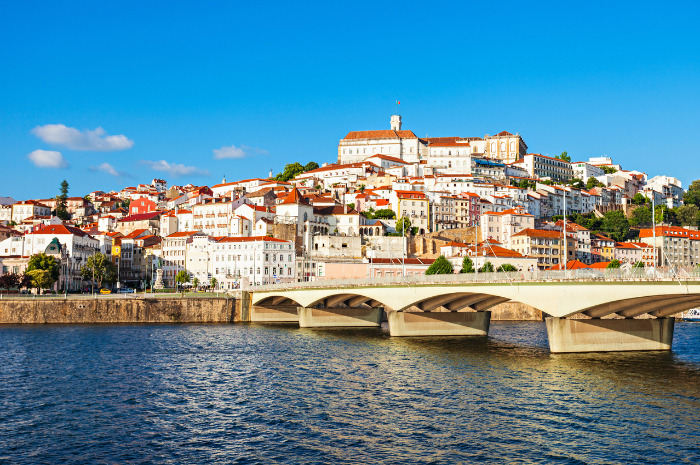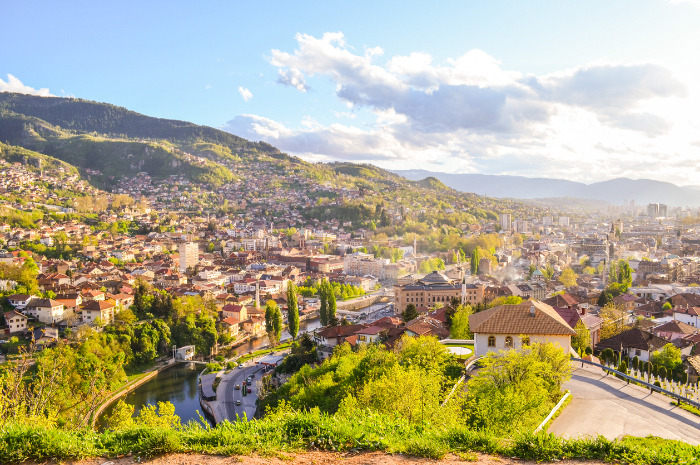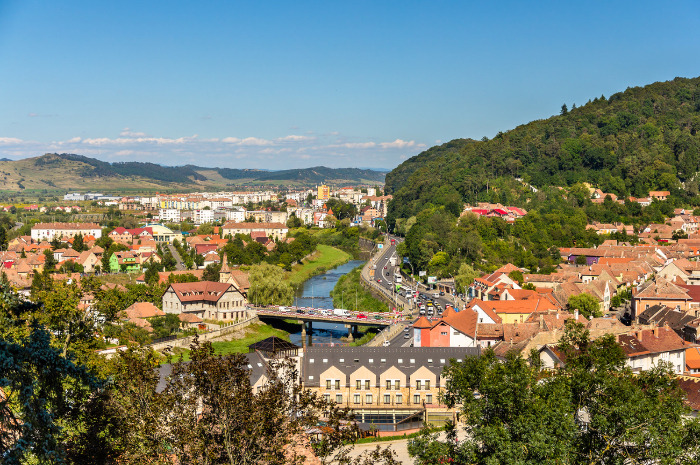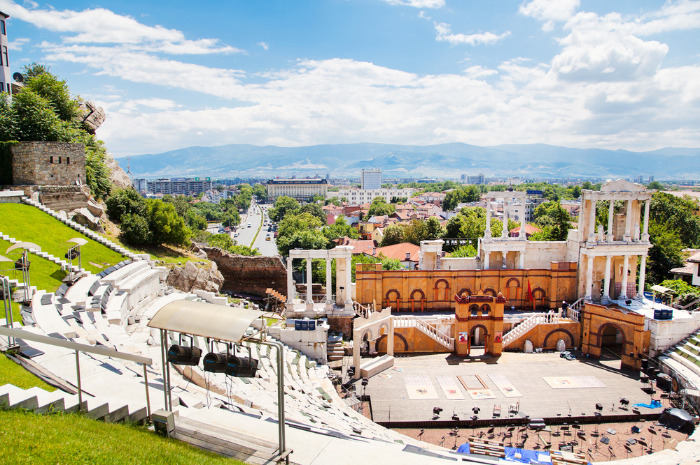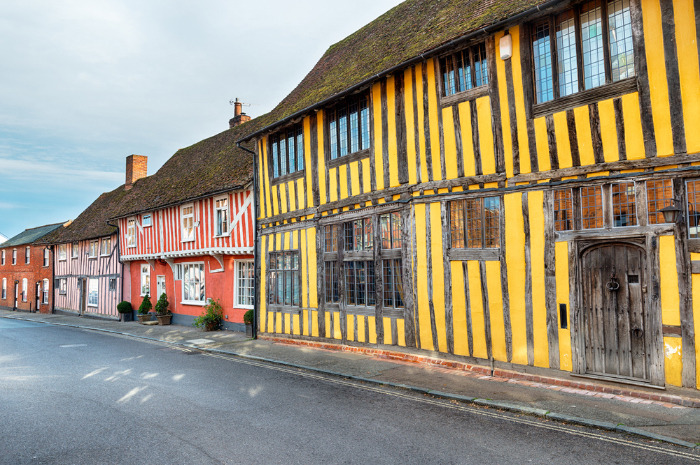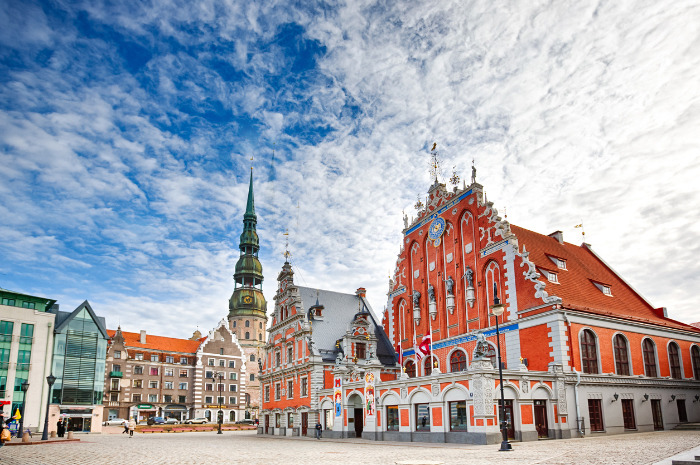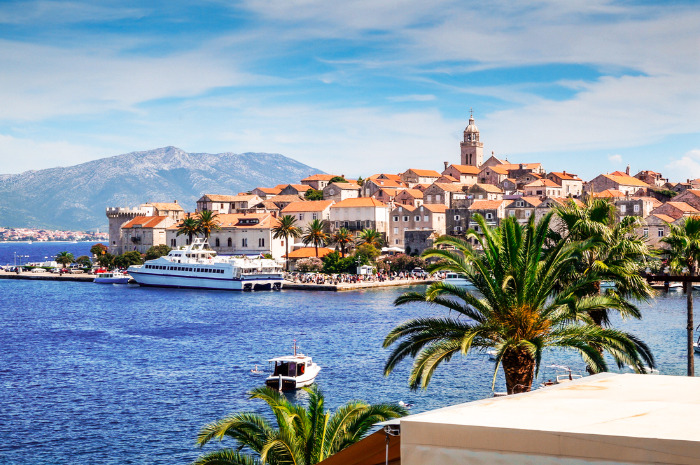Escape The Crowds: 15 Off-The-Beaten-Path European Cities
Escape the Crowds: 15 Off-the-Beaten-Path European Cities
Nowadays it looks like there is no unexplored place left on the planet where people can go on vacation without having to deal with the nightmare of huge crowds and tourist attractions that have been too commercialized. You can find housing and suggestions of what to do with a single click. But small, secluded secret gems – some very far from major cities – still offer adventure opportunities. Pack a bag and explore the Romanian mountains, cruise the Croatian coastline and find natural wonders in between.
Giornico, Switzerland
This is an old but very well-preserved village in the beautiful Leventina Vallet. It's decorated with picturesque stone houses, stunning vineyards and surrounded by chestnut forests. Some of the most popular attractions are the 12th century Romanesque Church of St. Nicholas, the medieval Torre di Attone, a six-floor residential tower, and the remarkable stretch of the old Gotthard rail route. Visitors are treated to inspiring views of scenic road and rail routes, rock faces and waterfalls.
Sainte-Agnès, France
This charming village is located just a few miles inland from the coastal towns of Roquebrune-Cap-Martin and Menton, near the French border with Italy. It is said to be the highest coastal village in Europe because it's at an altitude of 800 meters (2,625 feet) above sea level. Sainte-Agnès stands high on a rocky hill giving it very far reaching views across the landscape and the Mediterranean, with mountains that rise steeply all around the village, according to France This Way.
San Sebastian, Spain
San Sebastian is one of the coolest surf towns in the world. But its reputation doesn't stop at the waves as its food scene takes center stage. From Michelin starred restaurants to tiny local bars, there are plenty of delicious options in town. When you're ready to paddle out, La Zurriola is a favorite surf spot where conditions are typically mild in the summer but amp up in the winter. La Concha Beach is the most symbolic beach in the Basque Country. You will definitely meet people who describe it as the most beautiful stretch of sand in all of Europe. It's surrounded by mountains, so the wind and high waves are not a problem.
Lofoten Islands, Norway
The Lofoten Islands is a group of islands within the Arctic Circle. This is a postcard-perfect fisherman's little paradise on Earth. Reine, for example, is one of the most isolated small communities in Europe. The beautiful village will take your breath away with its natural splendor. About 300 people live there and they take very good care of their homes. Camping under the stars on beaches is another favorite activity.
Kosice, Slovakia
The medieval town of Kosice is the second biggest city in the country; it also happenes to be the core of the Eastern Carpathians where several ethnicities live, according to Travel in Slovakia. Almost all monuments are concentrated in the historical core of the town, the size of which makes it the biggest Town Monument Reserve of the country. The spindle-shaped Hlavné Námestie Square is the heart of the town, closed to traffic, and edged by magnificent historical buildings.
Staufen im Breisgau, Germany
Staufen treats its visitors to breathtaking views of the Rhine Valley and the French Vosges mountains. Some of the best vineyards in the country are in the region. This hidden jewel in Germany is culturally rich with many attractions and events scheduled throughout the year. The landmark of this idyllic, medieval town with a lot of historic buildings is the castle ruins from the 12th century. Many old buildings are colorful and have signs with explanations.
Groningen, The Netherlands
As an energetic university city, Groningen has the youngest average population in the Netherlands. Groningen is also a city with courage, with the most numerous examples of innovative design of local buildings. Bikes are the preferred method of travel, which will please people who don't like to sit in traffic. Make sure you visit the iconic free-standing and (seemingly) free-leaning Bjoeks climbing wall, known to most as Excalibur, one of the tallest in the world.
Genoa, Italy
The capital of Liguria and the sixth largest city in Italy isn't the most stylish part of the country. The port city doesn't get as many visitors compared to its not-far-away neighbors like Milan, Turin and Florence. But Genoa's maritime heritage can never be doubted and its worth exploring. The harbor was filled with boats before the Roman Empire had risen. Many would argue that part of the charm of this city is exactly the fact that it's not like Rome or Venice. A recent full makeover and restoration, combined with an influx of young entrepreneurs, has turned Genoa into a busy city with multicultural wine bars and restaurants.
Coimbra, Portugal
Coimbra is known as "the city of students." It's famous for being home to the oldest university in all of Portugal, founded in the 13th century, and one of the oldest in Europe. It's worth climbing its tower, which houses the bells that signal the start and end of classes, and appreciate the outstanding 360-degree view of Coimbra, according to Visit Portugal. Also visit the Pátio das Escolas courtyard, the Sala dos Capelos hall where the most important ceremonies are held, and the Joanine Library, which has more than 300,000 works dating from the 16th to the 18th centuries.
Sarajevo, Bosnia and Herzegovina
It's interesting to explore how the capital of Bosnia and Herzegovina, a vibrant and vivacious city that came close to complete annihilation in the 1990s, is slowly becoming a premier travel destination in Europe. Visit before the word gets out in order to escape big crowds and to enjoy the city's authenticity. Sarajevo is often described as a living history museum; it's a city with a charming, old-school village-like atmosphere.
Sighisoara, Romania
The origins of Sighisoara city go back to the Roman times. The city has been inhabited since the 6th century B.C. One of the biggest landmarks in the city is Sighisoara's Citadel (Cetatea Sighisoarei). The Citadel Square is a quaint small square at the heart of the citadel. In the old days, street markets, craft fairs, public executions and witch trials were held here. You can easily access the main attractions of Sighisoara from there. July is the month to be in the city because of the Festival of Medieval Arts and Crafts. You'll witness a recreated medieval atmosphere, complete with troubadour music and costume parades, street entertainers and handicraft displays, open-air concerts and medieval ceremonies.
Plovdiv, Bulgaria
Bulgaria doesn't have a good reputation because of politics. However, this doesn't change the fact that there is a lot to see. Plovdiv, its second biggest city, dates back to 4000 BC. It started out as a Neolithic settlement. Plovdiv was selected to be the European Capital of Culture in 2019. It is the sixth oldest city in the world and the most ancient in Europe's oldest inhabited city. Plovdiv's best known attraction is the Roman Amphitheatre, which is still used for many theatrical performances and music concerts.
Lavenham, England
This is one of UK's most gorgeous medieval villages and it's located in the heart of Suffolk. Most visitors go there for a day trip but it's certainly worth more of your time. You will find incredible places to eat, drink and sleep – from the finest Suffolk Cottages to award winning hotels and B&Bs. Locals call Lavenham Suffolk's pretties wool town. Visit its iconic historical landmarks, stunning parks, wildlife centers, and museums.
Riga, Latvia
The capital of Latvia is often referred to as the biggest metropolis in the Baltics. It perfectly merges ageless tradition and cutting edge nonchalant vibes. In its 800 years of turbulent history, everyone from German knights to Swedish kings and Soviet commissars have left their footprints, and today Riga is becoming an exciting European metropolis at the crossroads of eastern and northern Europe, according to Travel Latvia. Riga is a UNESCO World Heritage site, home to cobblestones and magnificent river views.
Korcula, Croatia
Skip the more popular Brac and Hvar and visit this absolutely stunning Croatian island in the Adriatic Sea. It's 20 miles long and vert narrow, between 4 and 5 miles wide on average. Korcula is known for its dense forest. The ancient Greeks called the island Black Korcula (Kerkyra melaina) for this reason, according to Visit Croatia. Locals now call it "Little Dubrovnik." It, too, has medieval squares, churches, palaces, and houses, and is perfect for a quick and secluded getaway.
